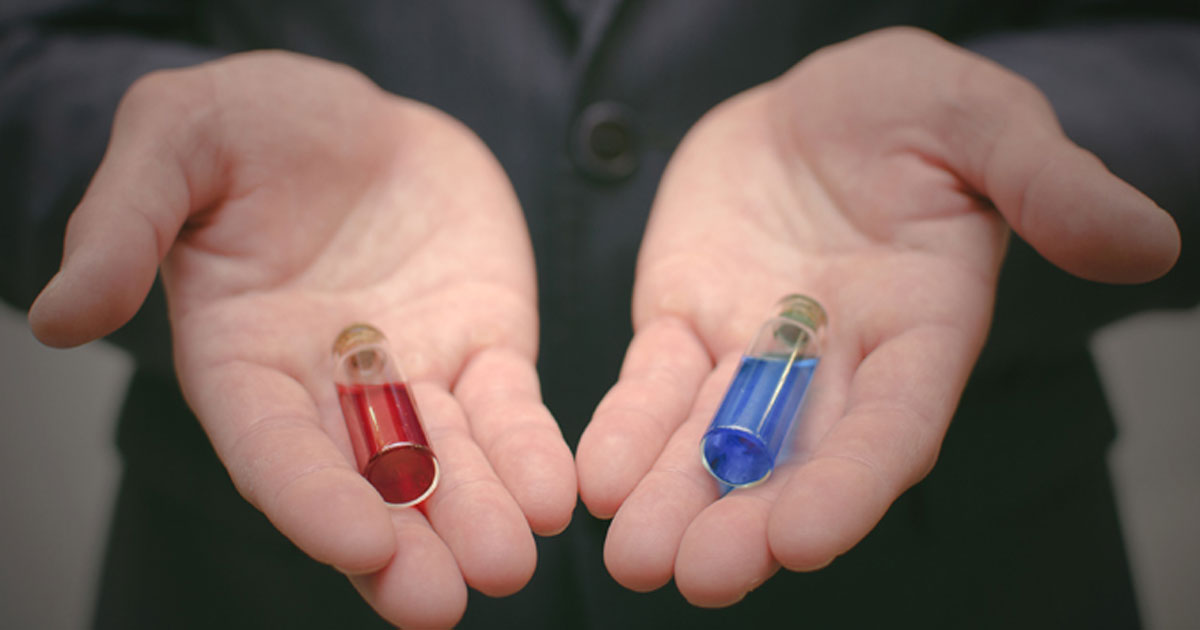Mycophenolate mofetil noninferior to cyclophosphamide in ANCA-associated vasculitis
Mycophenolate mofetil is noninferior to cyclophosphamide for remission induction among patients with nonlife-threatening ANCA-associated vasculitis, or AAV, but resulted in a higher relapse rate, according to data published in the Annals of the Rheumatic Diseases.
“The European League Against Rheumatism guidelines for the treatment of AAV suggest the use of cyclophosphamide or rituximab for remission induction therapy in new-onset organ-threatening or life-threatening AAV in combination with glucocorticoids,” Rachel B. Jones, MD, BSc, MRCP, of Addenbrooke’s Hospital, Cambridge, U.K., and colleagues wrote. “However, [cyclophosphamide] is toxic causing infertility and malignancy.”
The researchers noted that “[mycophenolate mofetil] is an alternative oral immunosuppressant with lymphocyte selective suppressive effects with a short duration of action, can be used in renal disease and unlike [cyclophosphamide] is not associated with urothelial malignancy or infertility.”

To evaluate whether mycophenolate mofetil is noninferior to cyclophosphamide for remission induction among patients with AAV, Jones and colleagues an open-label, two-group, parallel-design, randomized trial of 140 newly-diagnosed participants from six countries across Europe, Australia and New Zealand. Participants were randomly assigned to receive either mycophenolate mofetil or pulsed cyclophosphamide, with 66 adults and four children in each group.
All participants in both groups received the same oral tapering glucocorticoid regimen, and were switched to azathioprine upon remission. The primary endpoint was remission at 6 months, defined as the absence of disease activity with a Birmingham Vasculitis Activity Score (BVAS) 2003 of 0 on two consecutive occasions at least 1 month apart, and adherence to the prednisolone taper. Participants with an estimated glomerular filtration rate of less than 15 mL per minute were excluded from the study.
According to the researchers, 67% of participants in the mycophenolate mofetil group demonstrated noninferiority for the primary endpoint, compared with 61% in the cyclophosphamide group (risk difference = 5.7%; 90%CI, –7.5 to 19). However, following remission, 33% of patients in the mycophenolate mofetil group experienced relapse, compared with 19% in the cyclophosphamide group (incidence rate ratio = 1.97; 95%CI, 0.96-4.23). In patients with myeloperoxidase-ANCA, relapses occurred in 12% of those treated with cyclophosphamide, and in 15% of those who received mycophenolate mofetil.
Among patients with PR3-ANCA, relapses occurred in 24% of those who received cyclophosphamide, and in 48% of those treated with mycophenolate mofetil. Serious infections were similar between both groups (OR = 1.67; 95% CI, 0.68-4.19).
“This study provides evidence that [mycophenolate mofetil] is a potential alternative to [cyclophosphamide] for remission induction in non-life-threatening AAV, particularly in patients with low predicted relapse risk, such as the elderly who are [myeloperoxidase] positive,” Jones and colleagues wrote. “With increasing remission induction treatment options for AAV, stratified treatment approaches are indicated in order to optimize long-term outcomes. – by Jason Laday
Disclosure: Jones reports consulting fees from ChemoCentryx, as well as an academic secondment with GlaxoSmithKline from 2011 to 2013. Please see the study for all other authors’ relevant financial disclosures.
